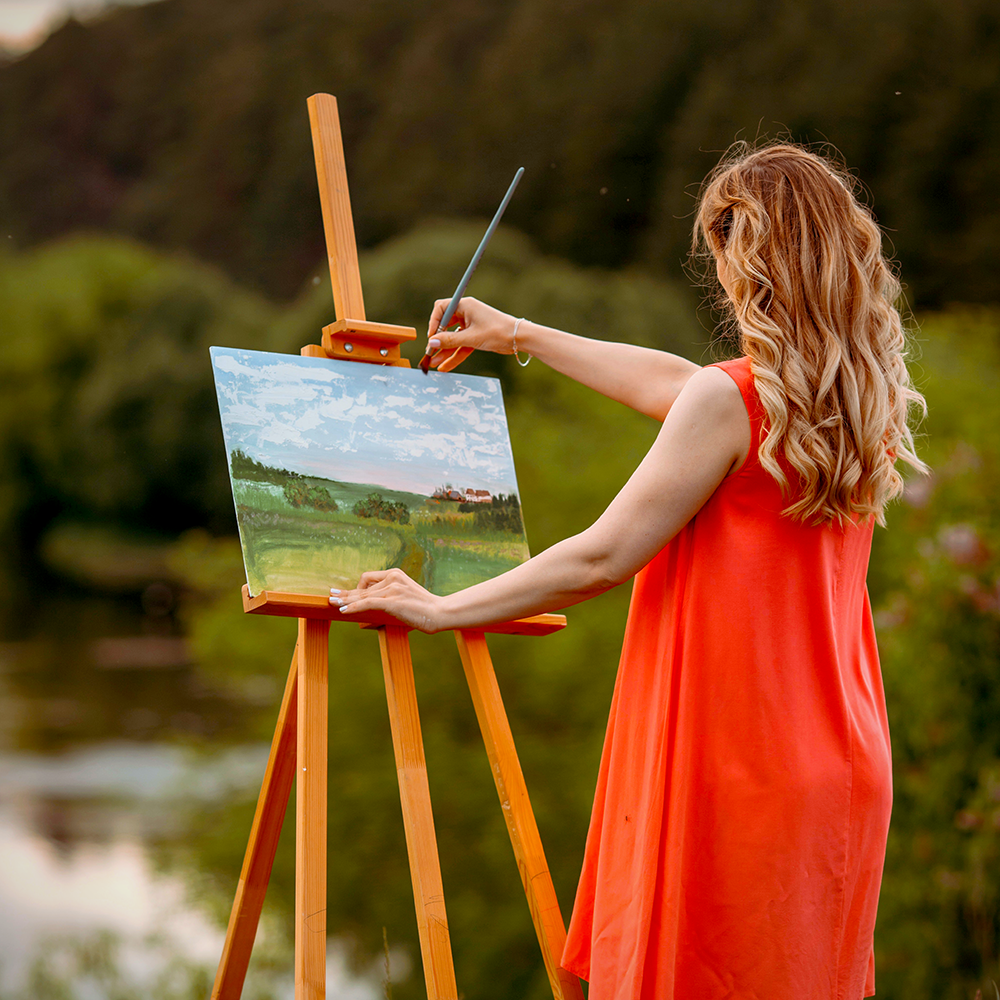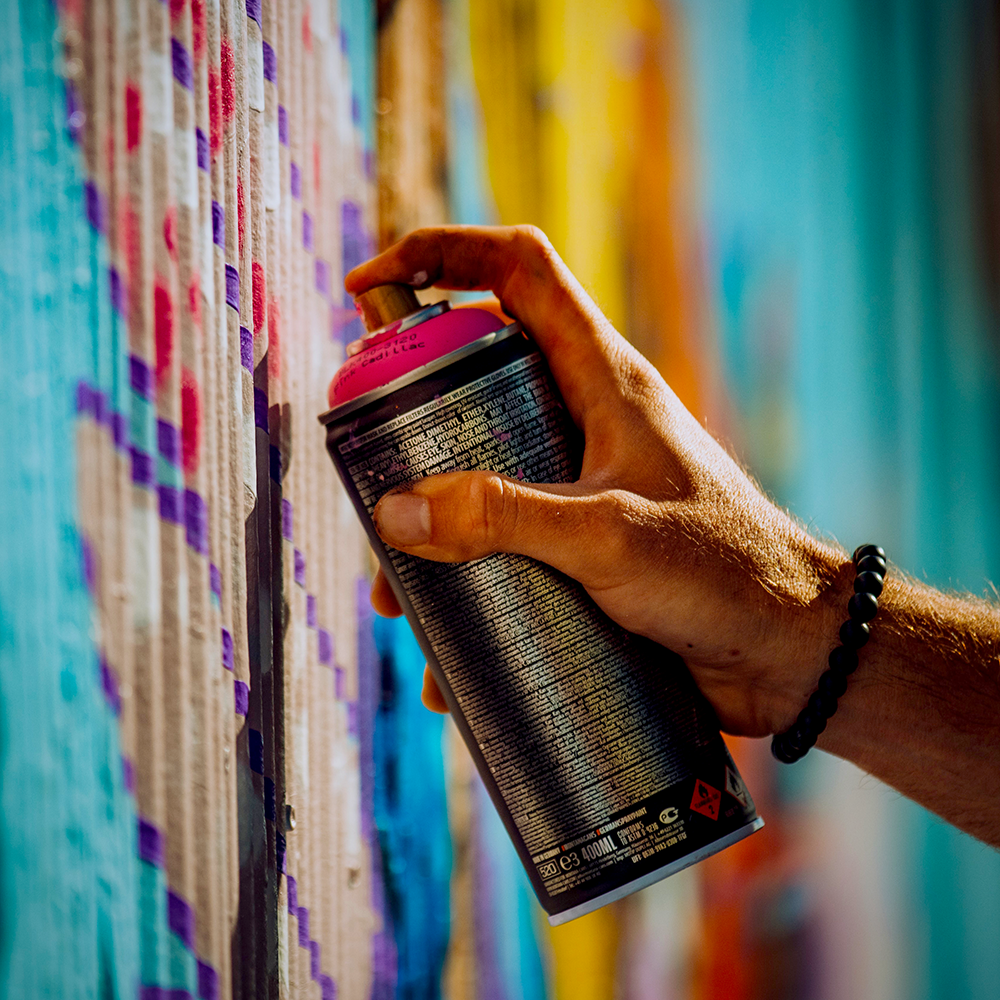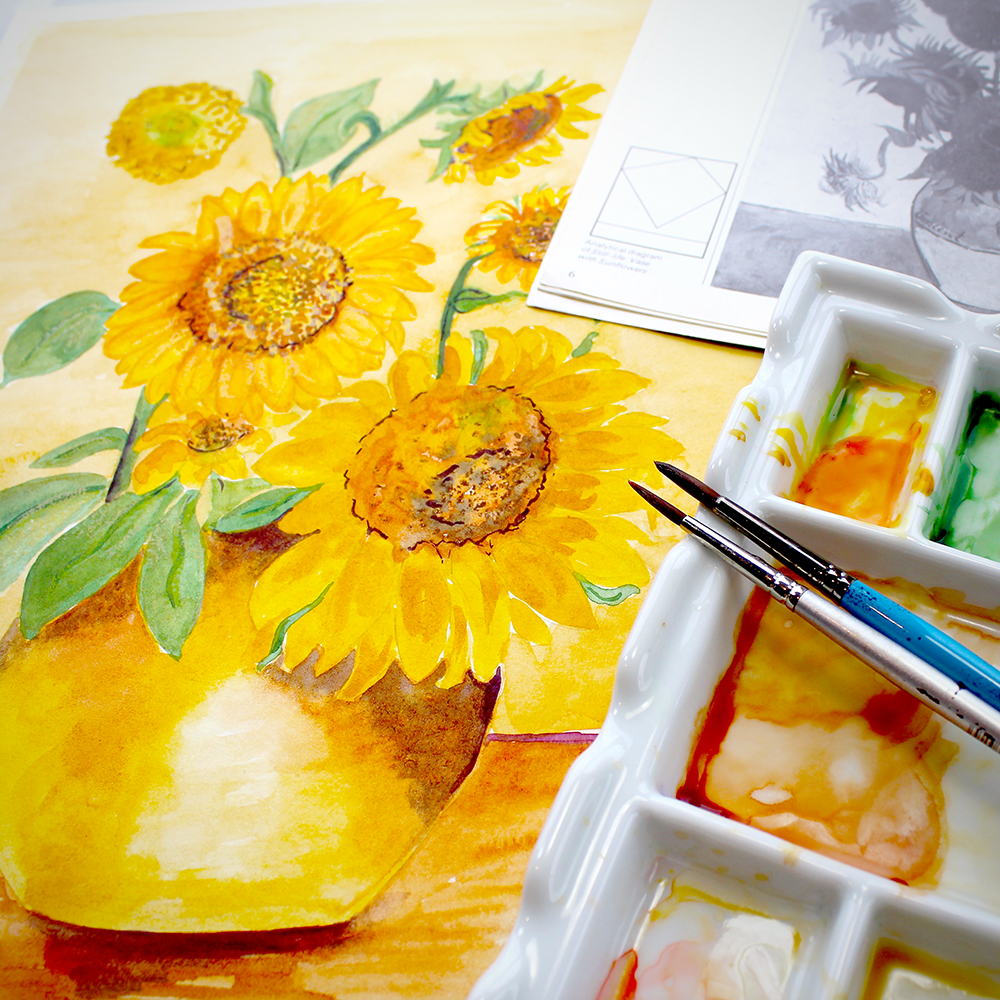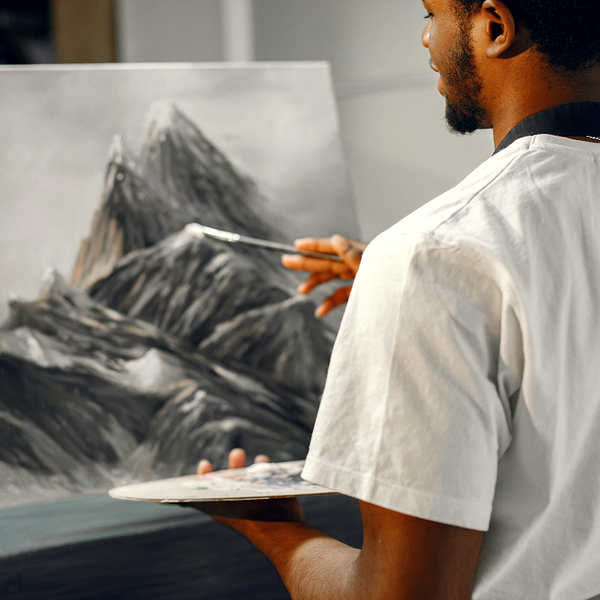Painting is more than just putting brush to canvas; it's a timeless art form that has enchanted us for centuries.
From the delicate intricacies of Renaissance masterpieces to the daring strokes of contemporary abstract art, painting allows us to express emotions, narrate stories, and capture the world's beauty in a unique way.
But what are the fundamental skills every aspiring artist needs to master?
Dive into this article to uncover the essential techniques that will help you create breathtaking artworks, whether you're just starting out or aiming to refine your craft.
Key Takeaways:
- Mastering the basic skills of painting involves understanding color theory, composition, and various techniques.
- Effective communication skills are essential for artists to convey their vision and collaborate with others.
- Time management and the ability to work with different tools and materials are crucial for successful painting projects.
Understanding Color Theory
Color theory is the foundation of painting.
It involves understanding how colors interact, how to mix paints to achieve the desired hues, and how to use color to convey mood and emotion.
A solid grasp of color theory can make all the difference in your artwork.
For instance, knowing how to create a balanced color palette can help you avoid clashing colors and create harmonious compositions.
Additionally, understanding the psychological effects of paint colors can help you evoke specific emotions in your viewers.
Many art schools emphasize the importance of color theory in their curricula, and it's a skill that every painter should master.
Mixing Paints
Mixing paints is an essential skill for any painter.
It involves understanding how different colors interact and how to create the desired hues and shades.
This skill is crucial for achieving realistic and vibrant colors in your paintings.
For example, mixing primary colors (red, blue, and yellow) can create a wide range of secondary and tertiary colors.
Additionally, understanding how to mix complementary colors can help you create neutral tones and shadows.
Mastering the art of mixing paints can elevate your paintings to a new level.
Understanding Tonal Values
Tonal values refer to the lightness or darkness of a color.
Understanding how to use tonal values can help you create depth and dimension in your paintings.
For instance, using a range of tonal values can help you create realistic shadows and highlights.
Additionally, understanding how to create contrast with tonal values can make your paintings more dynamic and engaging.
Mastering tonal values is essential for creating lifelike and visually appealing paintings.
Understanding Light and Shadow
Light and shadow play a crucial role in creating depth and dimension in a painting.
Understanding how light interacts with objects and how to depict shadows can make your paintings more realistic and engaging.
For instance, knowing how to create well-defined shadows can add depth and realism to your paintings.
Additionally, understanding how to depict different light sources can help you create more dynamic and interesting compositions.
Mastering the use of light and shadow is essential for creating lifelike paintings.
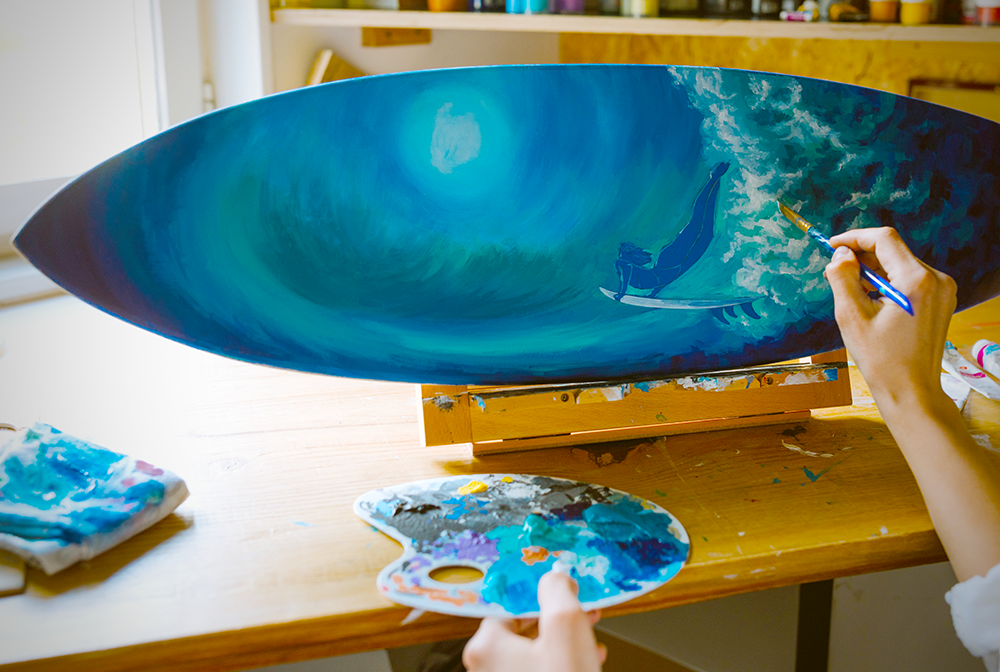


Mastering Composition
Composition refers to the arrangement of elements within a painting.
A well-composed painting draws the viewer's eye to the focal point and creates a sense of balance and harmony.
There are several principles of composition that artists should be familiar with, including the rule of thirds, balance, and leading lines.
For example, the rule of thirds involves dividing the canvas into a grid of nine equal parts and placing the focal point at one of the intersections.
This technique can create a more dynamic and engaging composition.
Understanding composition is crucial for creating visually appealing paintings that capture the viewer's attention.
Developing Drawing Skills
Drawing skills are fundamental to painting.
Before you can create a masterpiece with paint, you need to be able to sketch your ideas on paper.
This involves understanding proportions, perspective, and anatomy, especially when drawing human figures.
Practicing line drawing can help you develop a steady hand and improve your ability to capture details.
Many artists start with simple shapes and gradually move on to more complex subjects.
Drawing skills are essential for creating accurate and realistic paintings.
Practicing Line Drawing
Line drawing is a fundamental skill for any painter.
This involves creating clean, precise lines to define shapes and details in your artwork.
For example, practicing line drawing can help you develop a steady hand and improve your ability to capture details.
Additionally, understanding how to use different types of lines, such as thick and thin, can add interest and depth to your drawings.
Practicing line drawing is essential for creating accurate and detailed paintings.
Exploring Different Art Forms
Exploring different art forms can help you expand your skills and find new inspiration.
This can involve experimenting with different styles, techniques, and mediums.
For instance, trying your hand at oil painting can help you understand the unique properties and challenges of this medium.
Additionally, exploring different styles, such as abstract or impressionism, can help you find your unique voice as an artist.
Exploring different art forms can help you become a more versatile and skilled painter.
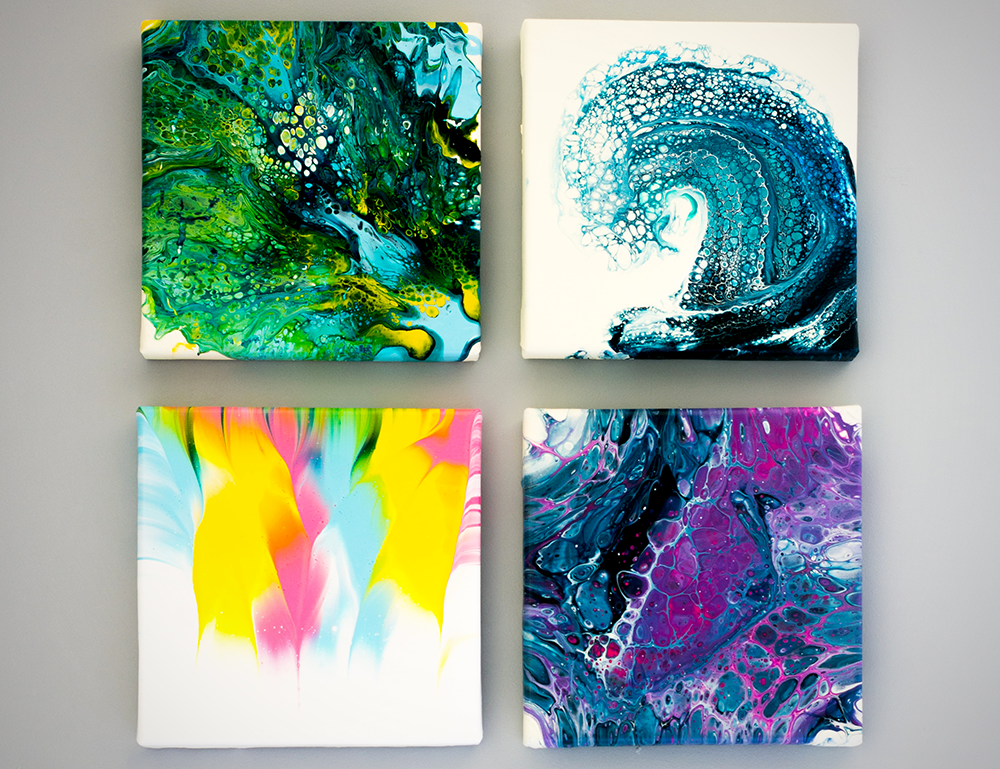
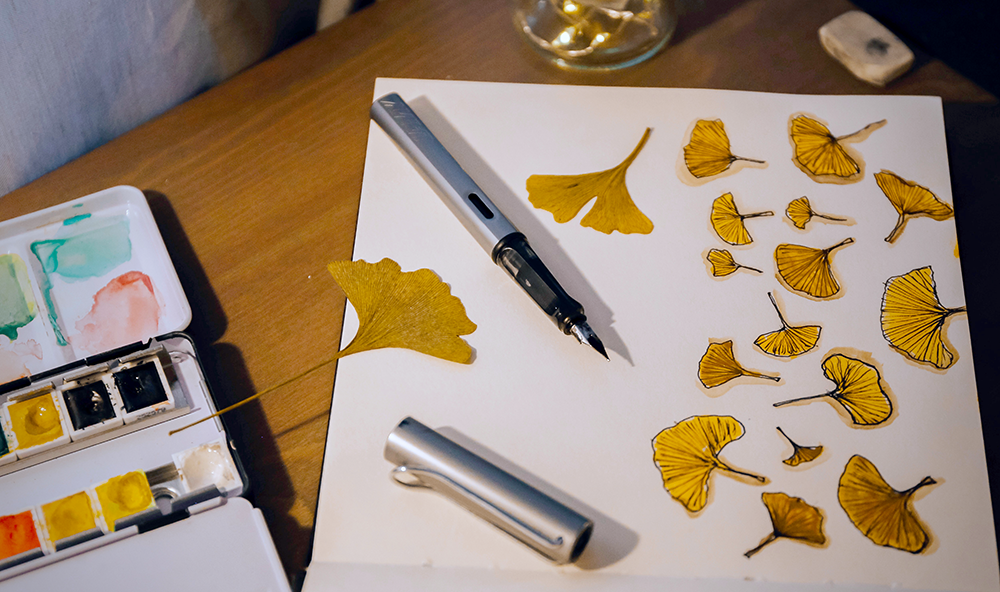

Exploring Different Techniques
There are countless techniques in painting, each with its own unique effects and challenges.
Some of the most common techniques include glazing, impasto, and dry brushing.
Experimenting with different techniques can help you find your unique style and improve your overall painting skills.
For instance, glazing involves applying thin, transparent layers of paint to create depth and luminosity.
Impasto, on the other hand, involves applying thick layers of paint to create texture.
Understanding and mastering these techniques can add depth and interest to your paintings.
Working with Different Tools and Materials
Painters use a variety of tools and materials, including paint brushes, palettes, and canvases.
Understanding how to use these tools effectively can make a significant difference in the quality of your paintings.
For example, using very large brushes can help you cover large areas quickly, while smaller brushes are ideal for adding fine details.
Additionally, understanding how to prepare and prime your canvas can ensure that your paint adheres well and lasts longer.
Familiarizing yourself with different tools and materials is crucial for successful painting projects.
Practicing Time Management
Time management is an essential skill for painters, especially when working on large or complex projects.
This involves planning your work, setting realistic deadlines, and staying organized.
For instance, breaking down a large project into smaller, manageable tasks can help you stay on track and avoid feeling overwhelmed.
Additionally, setting aside dedicated time for painting can help you stay focused and productive.
Effective time management can help you complete your projects on time and to a high standard.
Learning from Other Artists
One of the best ways to improve your painting skills is to learn from other artists.
This can involve attending art shows, taking courses, or watching YouTube videos.
Observing how other artists work and understanding their techniques can provide valuable insights and inspiration.
For example, attending an art show can expose you to different styles and techniques, while taking a course can provide structured learning and feedback.
Additionally, watching YouTube videos can offer practical painting tips and demonstrations.
Learning from other artists can help you expand your skills and develop your unique style.
Understanding Human Anatomy
Understanding human anatomy is crucial for creating realistic and accurate paintings of human figures.
This involves studying the proportions and structure of the human body and practicing drawing different poses and angles.
For example, understanding the proportions of the human face can help you create more accurate portraits.
Additionally, studying the muscles and bones can help you depict movement and tension more realistically.
Mastering human anatomy is essential for creating lifelike paintings of human figures.

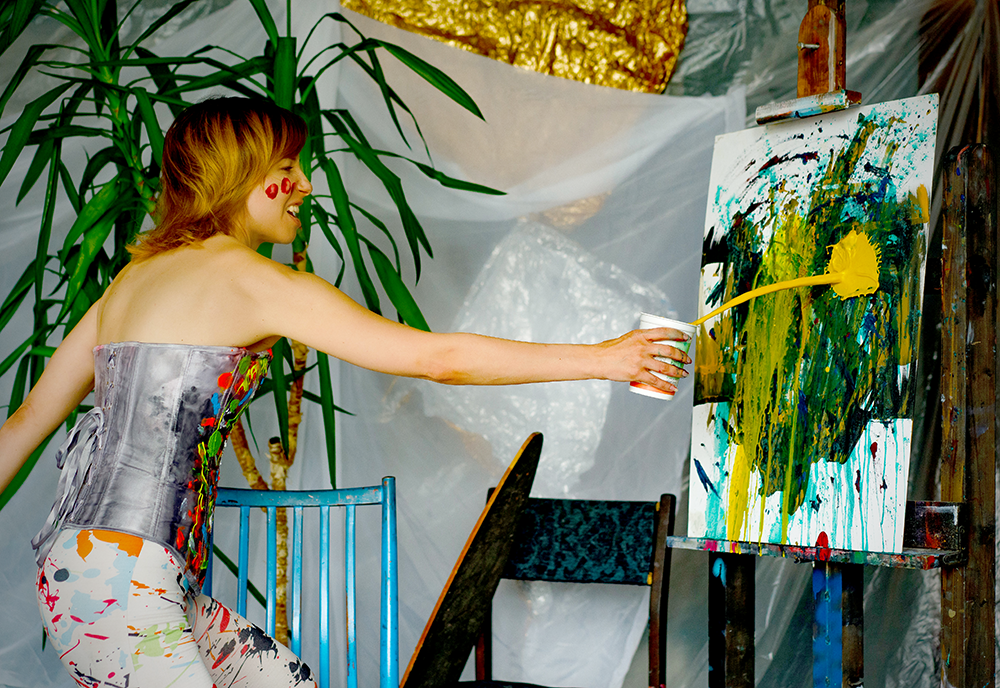

Creating Still Lifes
Creating still lifes is a great way to practice your painting skills and develop your understanding of composition, color, and light.
This involves arranging objects and painting them from life.
For example, setting up a still life with different shapes and textures can help you practice capturing details and creating depth.
Additionally, experimenting with different lighting can help you understand how light and shadow interact.
Creating still lifes can help you improve your painting skills and create more realistic and engaging artworks.
Understanding Aerial Perspective
Aerial perspective is a technique used to create the illusion of depth and distance in a painting.
This involves understanding how colors and tones change with distance and how to depict this in your artwork.
For instance, objects in the distance appear lighter and less detailed than those in the foreground.
Understanding how to depict this can help you create more realistic and engaging landscapes.
Mastering aerial perspective is essential for creating depth and dimension in your paintings.
Communicating Your Vision
Effective communication skills are essential for artists.
This involves being able to convey your vision and ideas to others, whether it's through your artwork or verbal communication.
For example, being able to explain your creative process and the meaning behind your work can help you connect with your audience.
Additionally, effective communication skills can help you collaborate with other artists and professionals in the painting industry.
Developing strong communication skills can help you succeed as an artist.
Working with Other Contractors
Painters often work with other contractors, especially in the painting industry.
This involves understanding how to collaborate and communicate effectively to ensure a successful project.
For instance, working with other contractors on an exterior painting project requires clear communication and coordination.
Additionally, understanding the roles and responsibilities of each contractor can help you avoid conflicts and ensure a smooth workflow.
Developing strong collaboration skills can help you succeed in the painting industry.
Avoiding Bad Habits
Developing good habits and avoiding bad ones is crucial for improving your painting skills.
This involves being mindful of your techniques and making a conscious effort to improve.
For instance, avoiding the habit of using too much paint can help you create more controlled and precise strokes.
Additionally, being mindful of your posture and hand position can help you avoid strain and fatigue.
Developing good habits can help you become a more skilled and efficient painter.
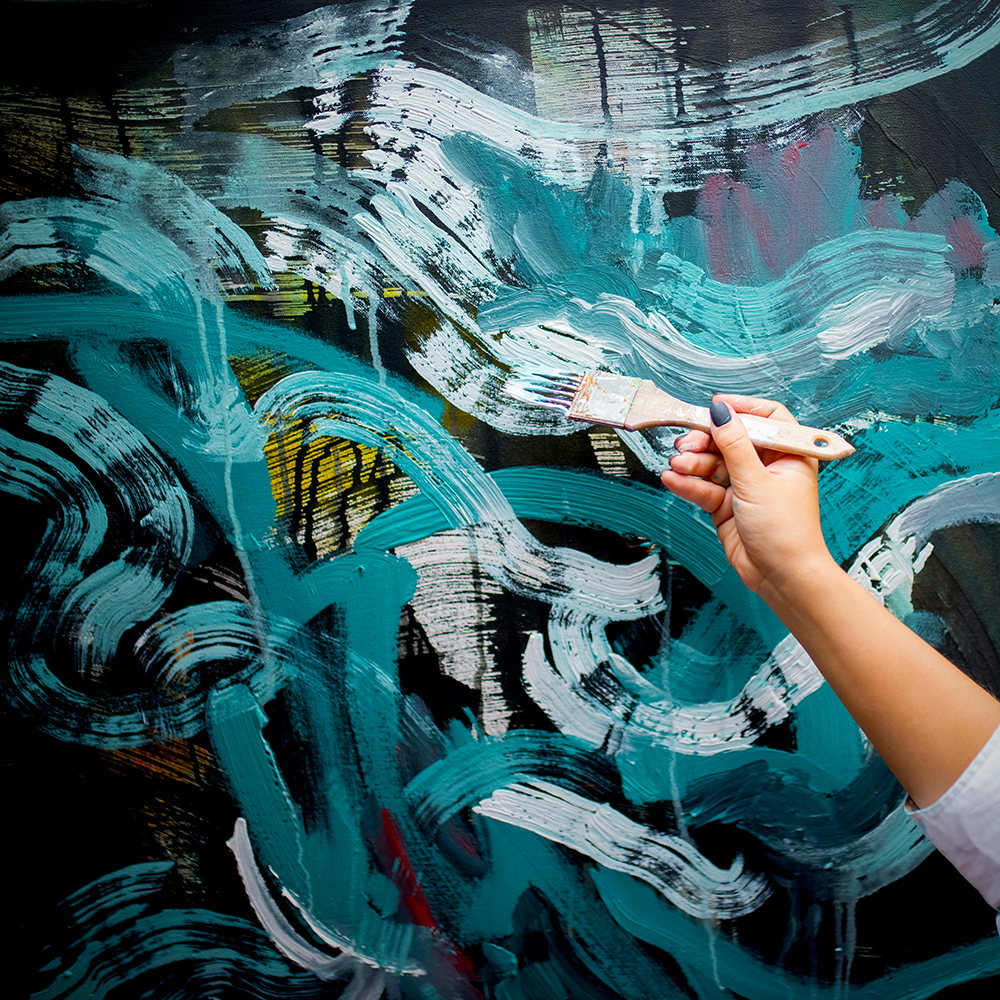
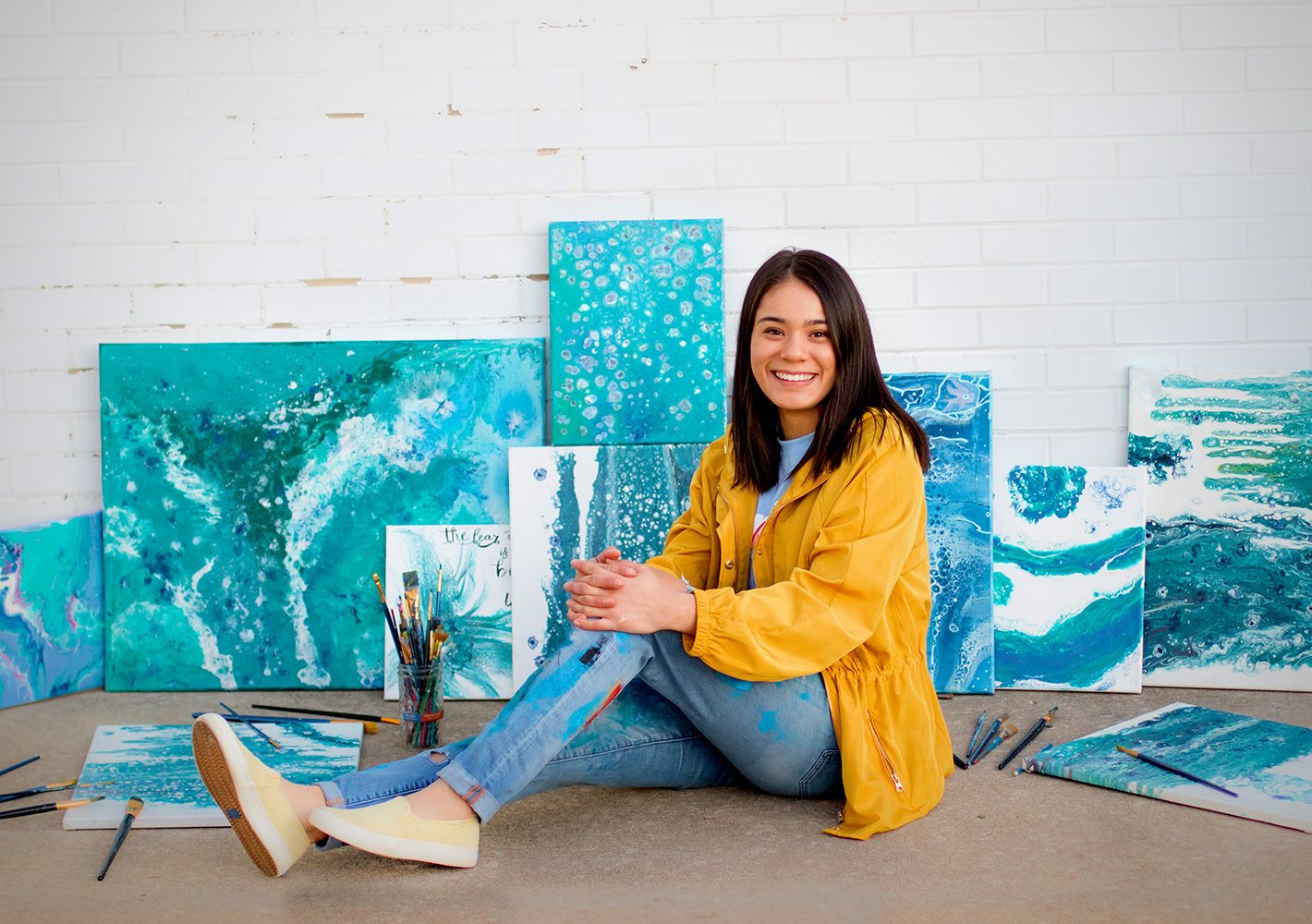
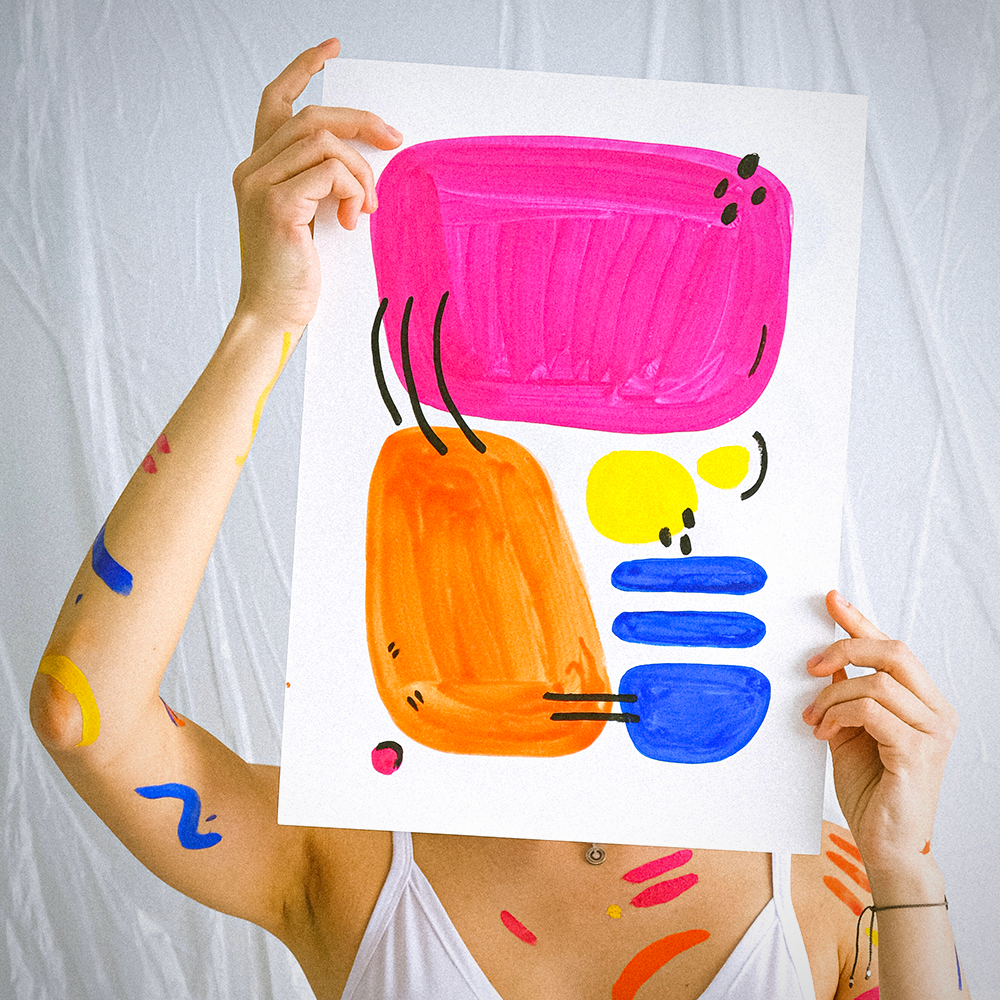
Unleash Creativity: The Journey Begins Here
Mastering the basic skills of painting is your gateway to a world of endless creativity and expression.
By understanding color theory, composition, and various techniques, you lay the foundation for your artistic journey.
Effective communication, time management, and versatility with tools and materials will elevate your craft to new heights.
Remember, every brushstroke brings you closer to your artistic goals.
So, pick up those paint brushes, embrace the process, and watch as your stunning artworks come to life.
Your masterpiece awaits!
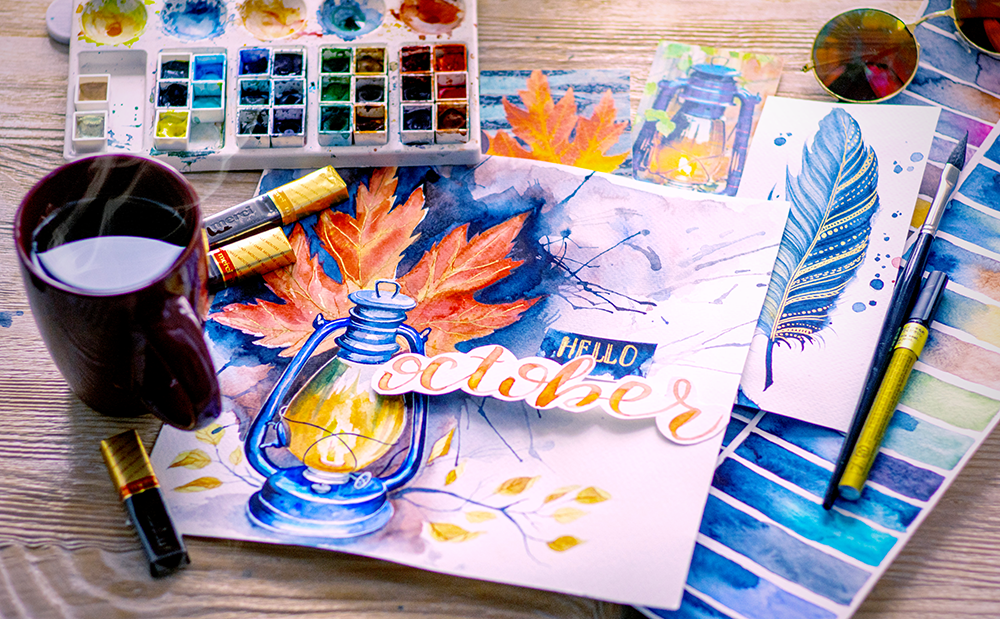

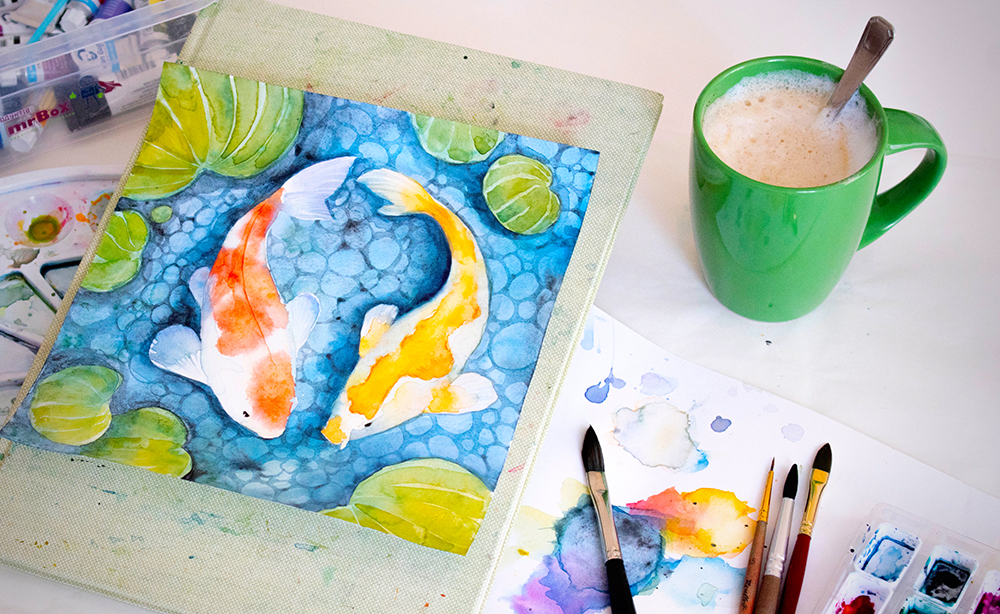
Painting FAQs
Are you ready to dive into the vibrant world of painting?
Whether you're a budding artist or a seasoned painter looking to refine your skills, this FAQ section is here to guide you through every brushstroke.
From mastering the basics like color theory and composition to exploring advanced techniques and tools, we've got all your questions covered.
So grab your palette, unleash your creativity, and let's embark on this colorful journey together!
What are the basic skills of painting?
The basic skills of painting include understanding color theory, mastering composition, developing drawing skills, exploring different techniques, mixing paints, understanding light and shadow, working with different tools and materials, practicing time management, learning from other artists, avoiding bad habits, understanding human anatomy, exploring different art forms, creating still lifes, understanding aerial perspective, practicing line drawing, understanding tonal values, communicating your vision, and working with other contractors.
How can I improve my painting skills?
Improving your painting skills involves continuous practice and learning. This can include attending art schools or courses, watching YouTube videos, practicing different techniques, and learning from other artists. Additionally, developing good habits and avoiding bad ones can help you become a more skilled and efficient painter.
Why is color theory important in painting?
Color theory is important in painting because it helps artists understand how colors interact and how to create harmonious compositions. A solid grasp of color theory can help you avoid clashing colors, create balanced color palettes, and evoke specific emotions in your viewers. Understanding color theory is essential for creating visually appealing and impactful paintings.
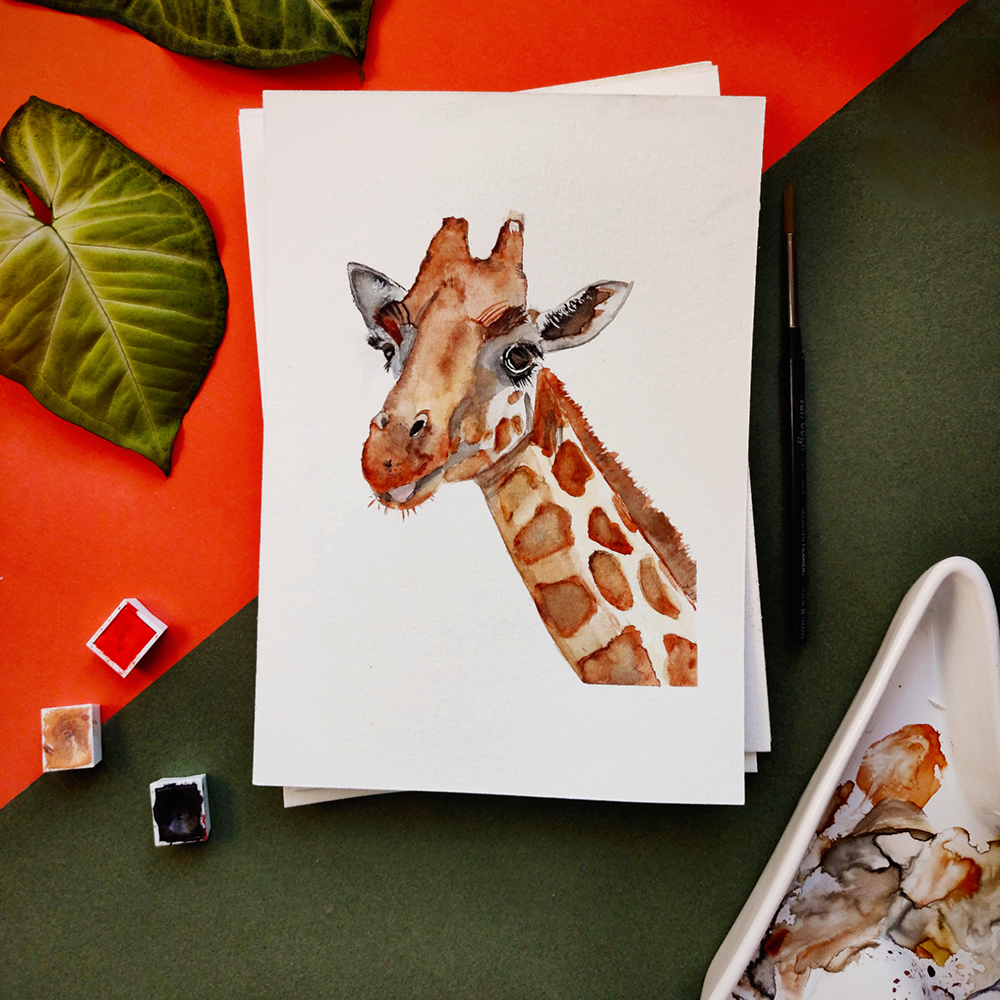

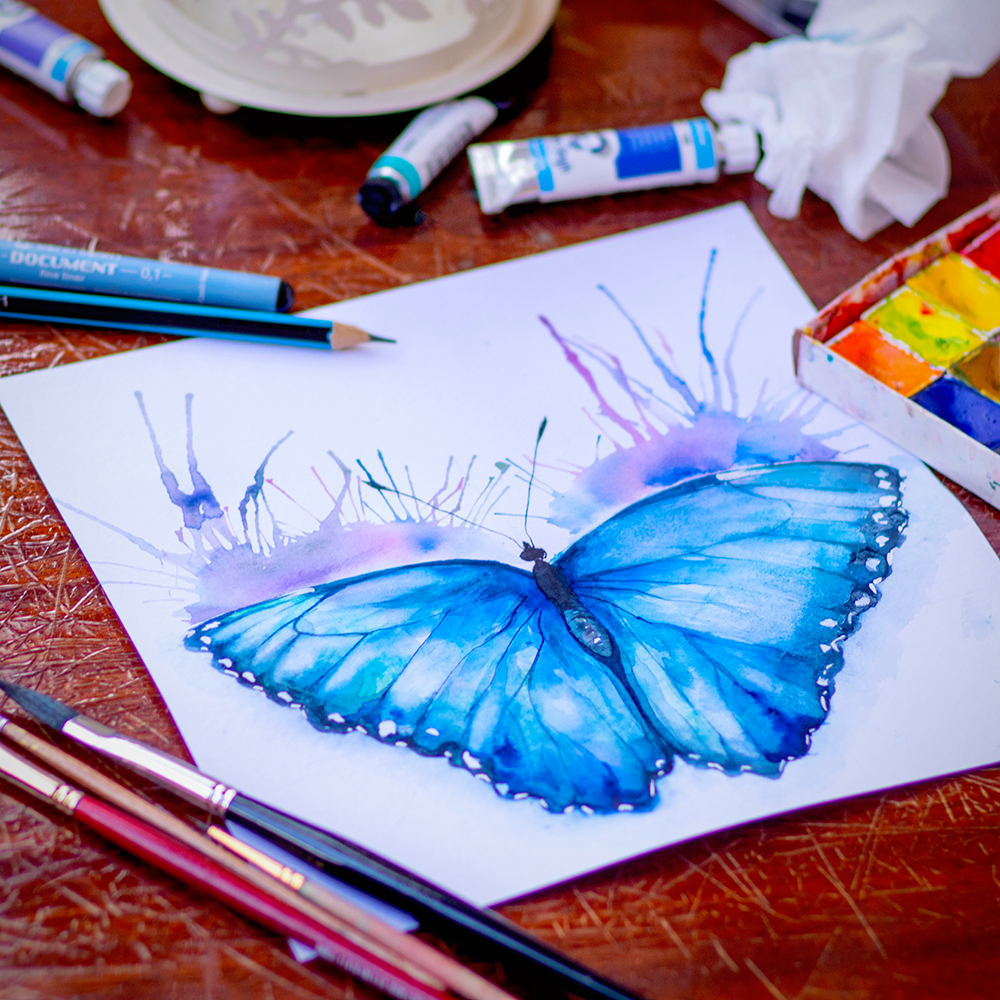
Looking for a helpful painting exercise? Check out Paint Coach's video!
Want even more content about creativity and art?
Be sure to check out all of our creative chronicles!
Ready to dive into the world of painting?
Check out our other painting articles:
-What is the easiest thing to paint?
-What are the 7 rules of painting?
